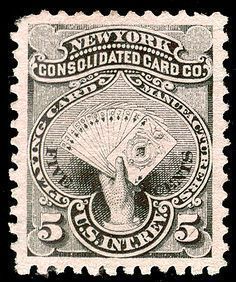ANTIQUARIAN DEALER OF HISTORICAL PLAYING CARDS & TAROT CARDS
CONTACT WORLD CLASS PLAYING CARDS
FOR QUOTES, INSTALLMENTS OR SELLING YOUR COLLECTION CONTACT US BELOW FOR PERSONALIZED SERVICE
FOLLOW US ON FACEBOOK

EXCLUSIVE DEALER IN OHIO
2025 SHOW - FRIDAY & SATURDAY OCT 24-25

WCTC HISTORICAL TAROT CARDS
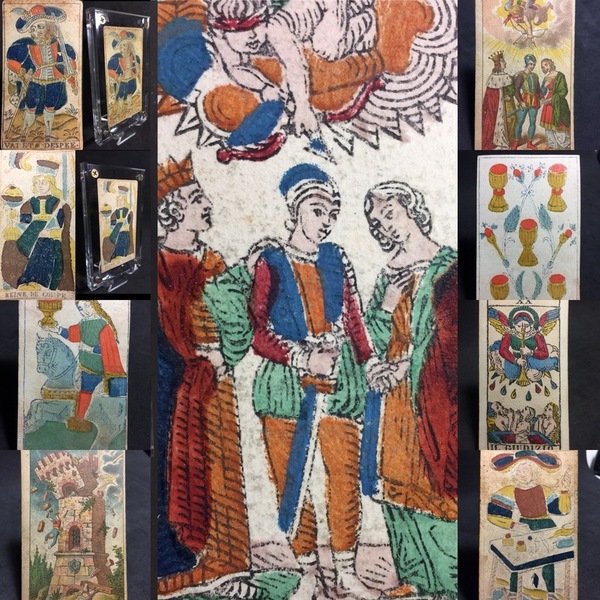
ORIGINAL USPCC POSTERS
UNITED STATES PLAYING CARD COMPANY POSTERS - EMPLOYEE BADGES - STOCK CERTIFICATES


HISTORICAL PLAYING CARDS SEARCH ENGINE
c1675 Historic Rouen Playing Card Money Lenders Proof Coin Bankers Loan Piece

SHOP OUR HISTORIC STORE NOW

TV SHOW SUMMARY
Playing cards are an everyday object used for gambling and game playing the world over. But the familiar deck of cards conceals hidden meanings that have links to secret societies and the occult.
Why are there four suits and why hearts, spades, diamonds, clubs? What is the significance of the picture cards? What is the meaning of the symbolism of the Tarot?
We look beneath the surface of the playing card and reveal an intriguing journey from their much disputed roots in China, Persia, and Egypt.
And we uncover the secrets of card design, investigating rumored Masonic links and the way the design has changed to mirror the cultures and beliefs of the people who used them through the ages.
What emerges is an extraordinary story that reveals the mysteries and meanings of the humble playing card--a history that is intimately entwined with the occult, voodoo, and man's fascination with mystical beliefs.
ACE DATE CODES / US MANUFACTURES
Tap on the ACE Below to Begin Dating

RESEARCH SERVICES
CARY COLLECTION
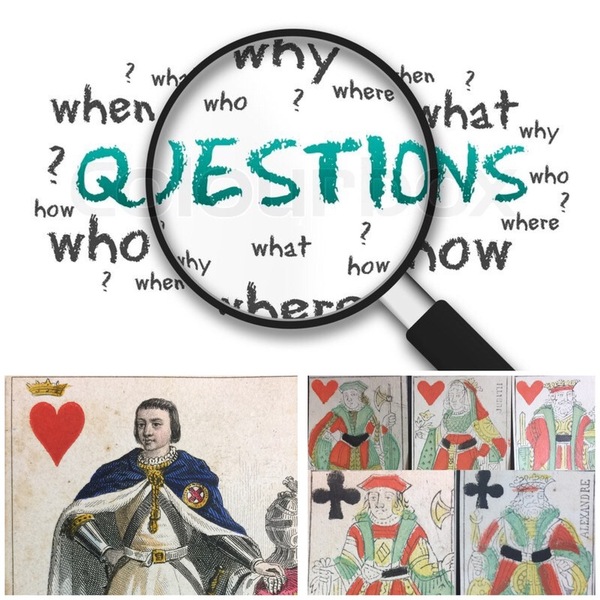

THANK YOU LEE ASHER
THE GOLDEN NUGGET GUIDE
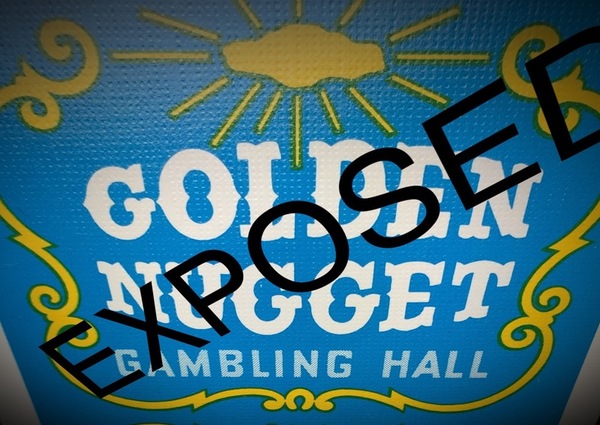
THE WORLD OF CARD SUITS

WORLD PLAYING CARDS & TAROT MUSEUM
FIND ANY CARD OR DECK FREE SEARCH ENTER THE MUSEUM BELOW

Resource Guide - CLICK BELOW
ENCYCLOPEDIA OF PLAYING CARDS & ACES

COMPLETE INFORMATIVE LINK
USA / AMERICAN MFG / PRINTERS

SERVICES / CERTIFIED CARD SPECIALIST
Want to consign your collection? We can Help! Plus other services we provide!
- Professional Grading Services
- Restoration Specialist / Repairs
- Card Supplies : Archival Cases
- Dating : Identification Services
- Gaming Expert / Buying Collections
- Playing Cards / Casino / Magic
- Personalized Rsearch Services
- Tarot Cards & Cartomancy Artifacts
- High Powered Magnification Authentication Services
- Estate Sale Liquidation’s
EUROPEAN PRINTERS / MAKERS
Thank you ! Paul Bostock / Ken Comprehensive List of Links and photos
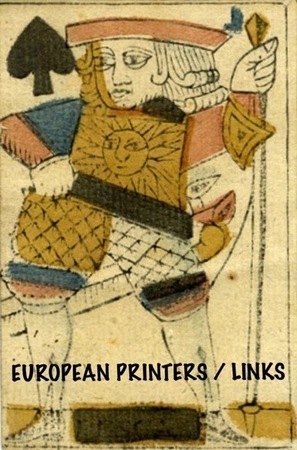
UK CARD MAKERS / PRINTERS
CLICK ALICE TO VIEW

Date Your Cards / Tax Stamp Info
